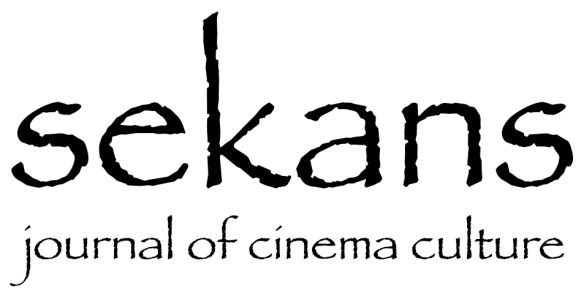NEVINOST BEZ ZASTITE
INNOCENCE UNPROTECTED
A MOVIE REVIVED BY DUSAN MAKAVEJEV
Gökhan Erkılıç
Dusan Makavejev (1932) redesigns a film of the year 1942, arranges and enriches it with additions, and he presents a new life to it with a filmic reincarnation: The film, Nevinost Bez Zastite, born in 1968 is on the screens again. Makavejev, whom such bizarre works always suits, one day deals with the secrets of the organism, and another day passes to sugar film production, and indeed, when the switchboard operator does not satisfy him, he can even be found in company with Sonia Henie.
……………………….
Screenplay: Dragoljub Aleksik (1942), Dusan Makavejev & Branko Vucicevic (1968)
Cinematography: Branko Perak
Camera Operator: Stevan Miskovic (1942)
Editor: Ivanka Vukosovic
Music: Vojislav Kostic
Cast: Dragoljub Aleksik, Ana Milosavljevic, Ivan Zivkovic, Pera Milosavljevic, Bratoljub Gligorijevic, Vera Jovanovic-Segvic
……………………….
Belgrade city was invaded by the German army during the Second Great War. Under those heavy conditions, the acrobat Dragoljub Aleksic (1900-1985), who was one of Makavejev’s childhood heroes, made Innocence Unprotected which is an Aleksic film about Aleksic. This first sound film of Yugoslavian cinema was left to be deeply forgotten perhaps because of either the war years or - the fabricated blindness of the authorities. After the war, Aleksic was absolved from some meaningless accusations made by judicial authorities, who became restless as the film had been made during the Nazi invasion. The film is abandoned to be forgotten for long years.
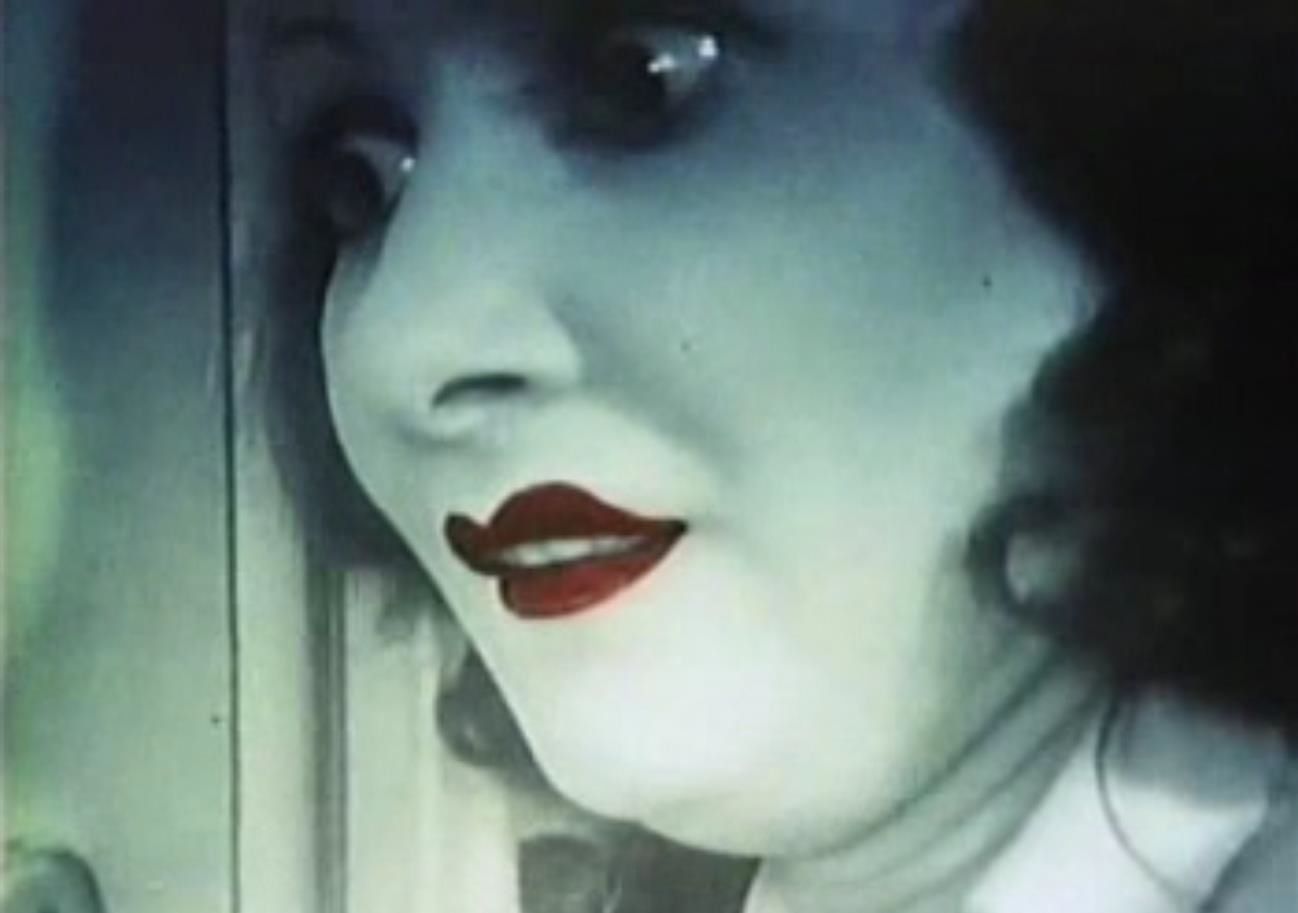
After years, Makavejev takes the film in hand and rearranges it by adding actuality documentaries of the invasion years and the interviews made with the film crew. And he puts his mark on one of the biggest gestures of cinema history. Old and new, black-white and colorful, fictional and documentary, comedy and tragedy are blended with each other, and turn into a good harvest.
……………………….
As for the topic of the film: Rich and uncultivated Petrovic comes to visit Maceha, as he does at any chance. The concern of the both is Nada; one wants to get rid of her stepdaughter and the other wants to get her. Nada gets away thanks to Aleksic’s action on the right time. Petrovic and Maceha are honored to the interest of the police. The lovers enjoy the life. As justice is served, love announces its victory. That’s all.
……………………….
The film crew, who had been either soldiers or agit-prop members or dwellers of the concentration camps during the Yugoslav War of Independence, confides in the camera when they get the chance, with an exposition in where points and commas are replaced by exclamations and question marks.
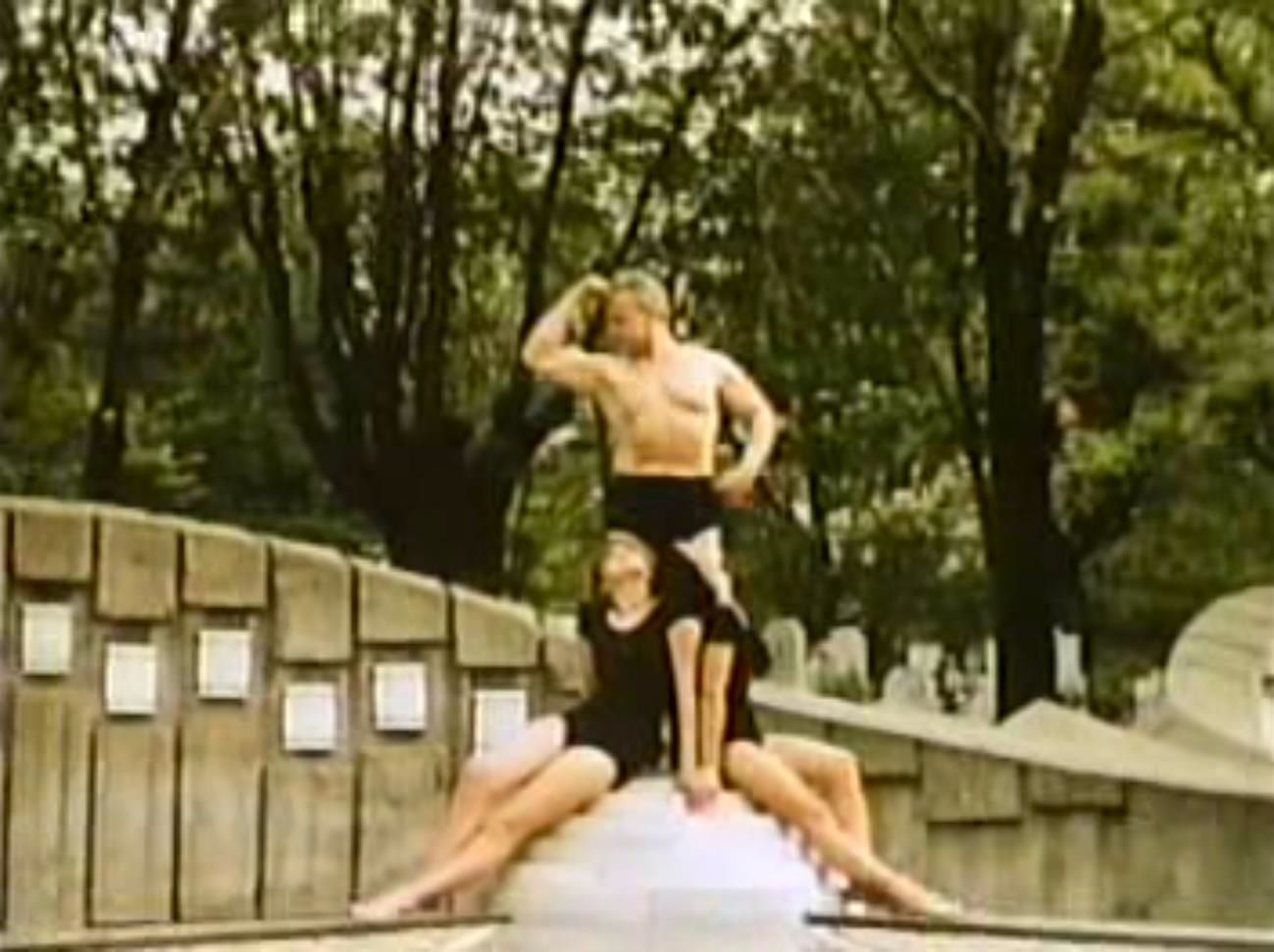
Ivan Zivkovic who acts as Aleksic’s brother, safeguards the negative and the audiotape of the film by burying them in Rokavica village in 1944. After the independence, in 1946, he hands it to Belgrade in mint condition.
Pera Milosavljevic (1903-1973) who plays the servant says that when they were expelled by the separatist Ustasa militants, they utilized the offer of the cameraman Stevan Miskovic who had connections with the Germans and supplied negative films in return of food from the black market. And she says that they took part in the production with the idea that it could appease their hunger and put some money in their pockets.
Ana Milosavljevic (1915-) who plays the role of the poor orphan Nada looks very upset for breaking a vase on Bratoljub Gligorijevic’s (1901-1943) head who plays the character Petrovic. Either the rape scene must have been too realistic, or the vase must have been so precious…
Vera Jovanovic-Segvic (1922-1998), the stepmother Maceha in the film, complains that Aleksic went on a film screening tour and got all the money and the acclaims, while nothing is left for the others.
The camera operator Stevan Miskovic (1907-1977), on the other hand, is a Monte Narcissus par excellence... Even though he does not know how to craft a proper frame, we all are introduced with the zero-point of everything as it is obvious in his speech!
The shots by Makavejev gathering the film crew on the roofs and terraces, graveyards and houses zest like footnotes: Aleksic’s continuing his shows despite his handicaps, the corn bread as a solution to hunger in the hard times, the role of the sandals in financing the film, their shared history recalled during the visit to Gligorijevic’s cemetery, the problems of production, the German officials surprised by the interest aroused after the premiere, and Aleksic’s self-defence in the case.
……………………….
The actualities which played the leading role for granting documentary characteristics to the film provide quite rich data: Belgrade, ruined and aflame under the Nazi invasion… Poor people running around in the streets to protect themselves from the attacks which they don’t know when or from where can come while they try to rescue the people under the debris… 1941 Nazi attack and the Stalin line… Volga petroleum… Production of sandals… Photos of the premiere of the film… Serbian propaganda documentaries… Women in the vintage and wine production… Prince Paul… Communist wolfmen… Public concert by the military band in the squares…
……………………….
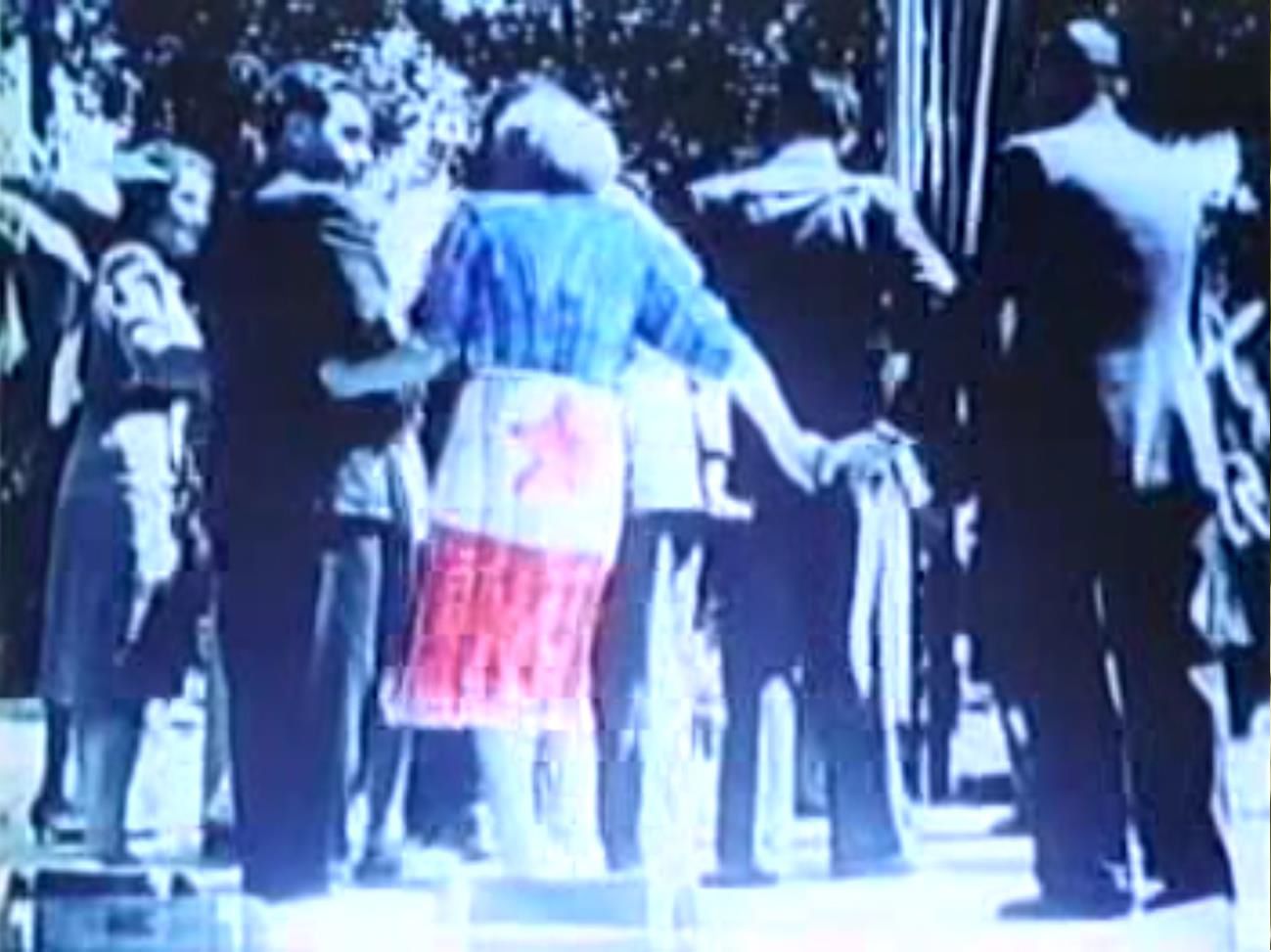
For the applications which make the film technically interesting, we need to prioritise the objects that are coloured by hand, such as carpets, dresses and glasses. The mis-en-scenes in which the actors shift to improvisation, economically used inter-titles, parallel editing. The scene of Aleksic’s explanations about his air show which he is understood to put special importance among all his shows draws the attention with its composite application of camera-editing-sound triad: While the camera is strolling between the rooms at his home like an airplane, the acrobat’s explanations about the occasion flows in the audiotape and the sound of the aircraft engine in the background builds the sound-bridge between the related scenes.
The scenes of the film made in 1942 (some of which were excluded) composes the spine of the film with their duration. The shots in the 1968 version weigh more or less the same in duration. The 15-minute actuality shots have been added to these.
……………………….
Innocence Unprotected bears two more cinematic references in addition to its source film on which it is based. The first is the film Die Goldene Stadt (1942) directed by Veit Harlan and released on the same days with Aleksic’s film during the invasion years. The second one is Charlie Chaplin who finds a place for himself at the bottom of cannon-human.
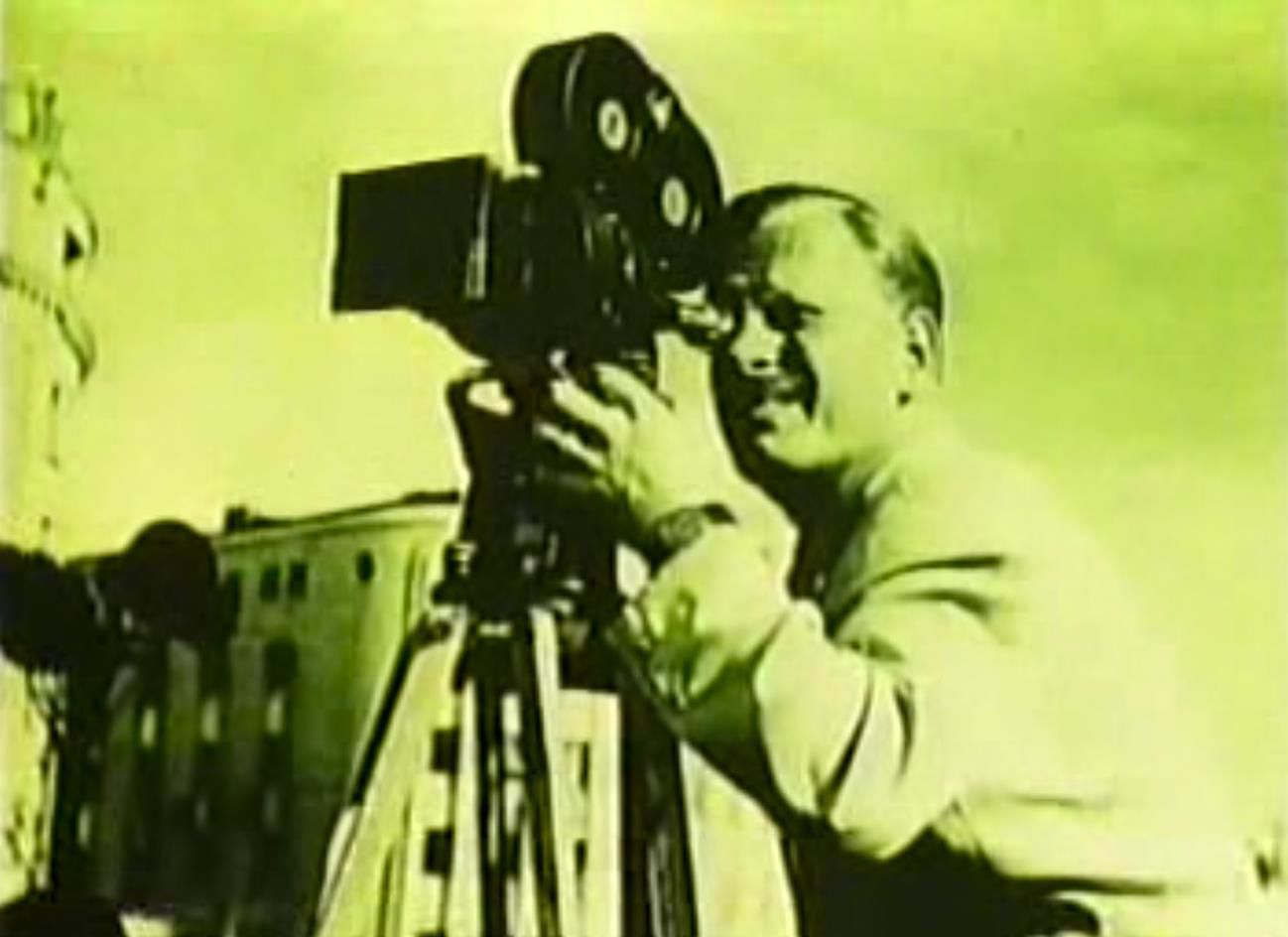
……………………….
We can see this film as a portrait of the acrobat Dragoljub Aleksic, a showman who makes his name with his unexceptional strength and courageous attractions (although some of his shows are not included here). The song in the introduction of the film composed by Vojislav Kostic for Aleksic displays this situation. Poems about courage and praise written by Aleksandar Popovic also contribute the same purpose.
Let’s add that Innocence Unprotected which deserves praise even for the project itself received the FIPRESCI Prize and the Silver Bear Grand Jury Prize in the 1968 Berlin FF, and the Gold Hugo Best Film Prize in the 1968 Chicago FF.
Published in SEKANS Sinema Kültürü Dergisi, April 2018, Issue e7, pp. 79-84
Translated by Sultan Demirel
This email address is being protected from spambots. You need JavaScript enabled to view it.
Edited by Nurten Bayraktar
This email address is being protected from spambots. You need JavaScript enabled to view it.
